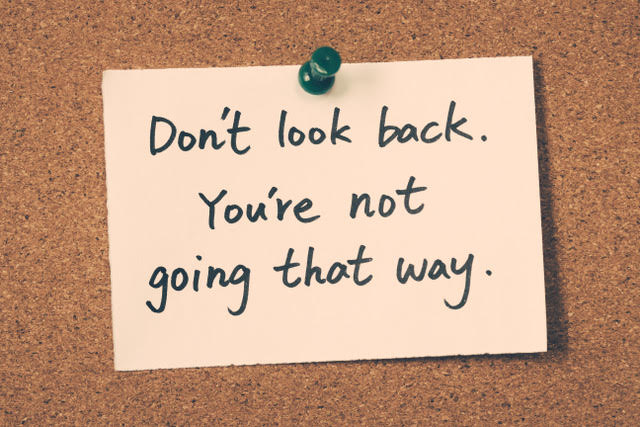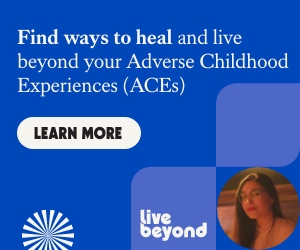Kassidy Henson, California Black Media
A few weeks ago, a coalition of Los Angeles leaders from different backgrounds released a report with a detailed blueprint for what racial equity should look like for African Americans.
Although the document is focused on California’s largest city, it is packed with strategies and learnings on racial and economic justice, researchers say, that can be applied to other cities around their state and across the United States.
Called the “No Going Back LA report” and titled The Road to Racial Justice Runs Through Equity: Ending Anti-Black Racism in Los Angeles, the Committee for Greater LA’s (CGLA) Black Experience Action Team says the report is a direct call to action. It is a template, they say, from which the city’s legislators as well as business, philanthropy and community leaders can collaborate on an action plan focused on issues that can improve the lives of Black Angelenos.
“Intersectionality and the need for quality data across issues are two essential pieces of our analysis and vision in this report,” said Dr. Ange-Marie Hancock Alfaro, Dean’s Professor and Chair of the Department of Political Science and International Relations at the University of Southern California.
“The report proposes city-wide policies that can have an impact on multiple issues facing our communities,” Alfaro continued. “We believe designing systems around the priorities of Black folks will create more equitable systems for all.”
Topics covered in the report work to answer the key question: what does a Los Angeles free of anti-Black racism look like? Community leaders deliberated on this question over the span of eight months to determine how Black equity can create the anti-racist, progressive society that they envisioned.
The report determines that Black equity is based on the following principles: truth, strength, strategic disruption, and love. Alfaro explained that it is important to tell the truth, as difficult as this truth may be.
In addition, she focused on the idea that all members of the community will need to come together to make the changes outlined in the report. By paying attention to what has worked in the past, what is working now, and what innovations lie ahead, the committee seeks to spotlight best practices for implementation of their roadmap over the next 25 years.
Recently, the CGLA held a media briefing where key leaders discussed the intentions, findings, and goals of the report.
Alfaro, who worked as the academic lead on the report, began by reviewing the report in detail. Although she led on a deep dive of the report, Alfaro explained that the information included in the study is the product of the group’s 37-member Black Experience Action Team, a 14-member academic council, 10 community members with lived experiences, and several different focus groups. The celebration and recognition of all contributors reflected the objectives of the report itself.
“It was critical to us that this effort delve deeply into many of our community’s aspirations and needs. It was particularly important to ensure we attended to the vast diversity in our community,” said April Verrett, President of Service Employees International Union (SEIU), Local 2015, and chair of the Black Experience Action Team (BEAT). “Across the seven major issues we cover, you will see specific ideas that address the needs of our LGBTQIA and gender-non-conforming family members, our immigrant family members, and our family members with intellectual and physical disabilities.”
The report takes into account that one does not exist without influence of others. It reviews seven dimensions of experience through an intersectional lens. The committee outlines a comprehensive roadmap and recommendations for each of the following areas: Economics and Poverty Relief, Housing and Homelessness, Education & Youth Development, Mass Incarceration & Police Violence, Physical Health & Mental Wellbeing, Environmentally Safe & Healthy Neighborhoods, and Advocacy & Political Power.
One of the key factors that differentiates this action plan from others, CGLA leaders say, is the focus on making the change accountable and working to ensure that the changes outlined meet the intentions of the report findings.
Alfaro highlighted the Communal Accountability Metrics which reflect the standards community members believe are valuable to track each issue to rate efforts intended to eradicate anti-Black racism in Los Angeles.
Researchers say one question that guided the research process was: What do we want today’s Black 5-year-old to experience when they’re 15? When they are 30? In addition to Communal Accountability Metrics, the report includes visions within each of the seven dimensions.
Those visions paint a picture of what culturally competent assistance and equitable social services look like. It also describes resources that can ensure pandemic learning loss has been addressed. By envisioning a multitude of goals for young Black people, the committee considers creating a LA free of anti-Black racism for themselves, their community, and the future of their city.
Derek Steele, the Interim Executive Director, Social Justice Learning Institute, spoke following Hancock. He mentioned that the report is intentioned to serve as a mirror for the city of LA on areas that need improvement.
Putting things in perspective Steele stated that we are in a “unique moment” in time that we are in across LA county, the state of California, the country, and even the world where racial equity is on the hearts and minds of so many across all classes and all sectors.
“So many of us are beginning to take a stand on how to improve the conditions of those most impacted in our community. It’s time to be bold. It’s time to be transformative. And that is why this report is so crucial,” said Steele.
The committee for greater LA illustrated their passion for their city through the curation of a comprehensive plan for change. This call to action reflects the community that it serves as well as hope for the future. By centering Black equity, leaders provide a new way to understand justice and inclusion. As April Verrett described in closing, this report was a labor of love for the members of No Going Back LA coalition.
“This community has set a progressive and thorough example for the rest of California to emulate and implement,” she said.







